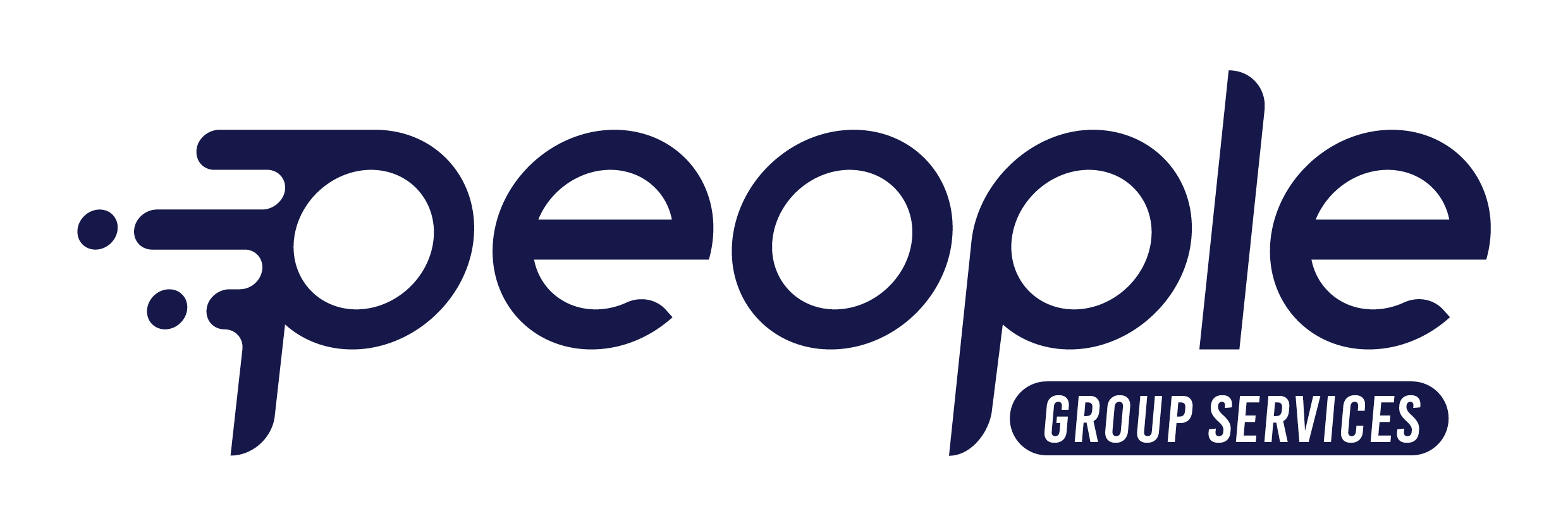Are you a business that hires contractors or freelancers?
Are you worried about being caught by the new IR35 rule in April 2021? Partnering with a Professional Employment Organisation (PEO) could be the solution.
In April 2021, Her Majesty’s Revenue & Customs (HMRC) rolled-out a controversial tax change with serious implications for contractors and the businesses that hire them. From April 2021, private sector companies will have to follow the same rules as the public sector with regards to IR35 – otherwise known as the ‘off-payroll working rules’.
What is IR35?
IR35 was originally introduced by Gordon Brown and became law through the Finance Act 2000. It aimed to prevent people from avoiding tax by working under the guise of a self employed contractor (usually in the form of limited companies known as personal service companies or PSCs), while not strictly in business of their own account.
Up until April 2017, workers in the public sector decided for themselves whether the IR35 (intermediaries legislation) applied to them. But after that date, responsibility shifted to the public sector end-client, recruitment agency or whichever third party which paid the worker.
Contractors deemed to be ‘inside IR35’ had to be added to their end client’s payroll and pay their tax through PAYE, while their employers had to pay the usual employee NIC contributions, a workplace pension and other employee benefits. Our previous article highlights some of the high-profile (and arguably inevitable) legal wrangling that has subsequently taken place between HMRC, public sector employers and contractors.
IR35 in the private sector
From 6 April 2021, end-client hirers in the private sector will also be responsible for determining workers’ IR35 status.
The government has created a IR35 Employment Status Test to help workers and end-client hirers determine whether someone is caught by IR35 – to mixed reviews. Many of the legal cases surrounding IR35 to date have revolved around the definition of ‘employee’. However, HMRC continues to stand by the results of the test (assuming the answers are accurate).
So what can you do if your contractors are caught by IR35? If you simply put them on your payroll, the worker will almost certainly see a drop in their net income, while you will increase your headcount and employer liabilities. Is there a way round this scenario?
One possible ‘win-win’ solution for both you as an end-client hirer and for the contractor could be in the form of a professional employment organisation (PEO). It’s an employment model that originated in the USA around 30 years ago, and it’s rapidly increasing in popularity in the UK.
How does the PEO model work?
Simply put, in the PEO model, a worker is normally jointly employed by two (or more) companies. Under this model, the recruitment agency or ‘end client’ (your business) partners with a PEO to employ a worker under a joint employment contract. Importantly, the worker remains ‘off pay-roll’ to the agency/end client because the PEO is the named employer of record.
Benefits of the PEO model
There are multiple benefits to using PEO as outlined below:
- Employer responsibility rests with the PEO. The PEO takes on all the usual employer responsibilities leaving the agency to carry on using the contractor without adding to their employer liabilities or headcount. However, the client is able to offer contractors full access to the usual employee benefits such as pension provision, holiday pay, statutory payments (maternity / sick pay) and tax and NI payment at source. These are attractive benefits to be able to offer a sought-after contractor.
- VAT savings. Another important benefit offered by the PEO model concerns VAT. The contractor might be paid – through their private limited company or PSC – £500 a day plus £100 in VAT to HMRC. That £100 can be reclaimed in a lot of instances ( not all), but this takes time and can therefore affect cash flow, which can be problematic for agencies.This is because if an agency pays an umbrella company £100,000 for payroll, the umbrella needs to charge 20% VAT on top making a total invoice for £120,000. Many end-client hirers are on payment terms with the agency of between 14-60 days, this means that the agency has to fund the payment of the contractors on a weekly basis. A lot of agencies don’t have multiple weeks of payroll values sitting in the bank, and so they must borrow (invoice finance) the amount needed to pay the payroll. So, when paying an umbrella, an agency in this scenario must pay interest on the entire £120,000 borrowed. However with PEO, VAT is only due on non-disbursements. With 99% of the 100,000 wage bill disbursed, the 20% VAT charge is only applied to the remaining £1,000. This means instead of paying £120,000 (including £20,000 VAT) through an umbrella, an agency engaging workers through PEO only pays £100,200 (including £200 VAT). The agency has reduced their weekly borrowings by £19,800, slashing the cost of finance.
- Other cost savings. These, specifically for the client, include compliance savings, insurance savings and an overall reduction in admin. Contractors will also save on accountancy and additional insurance costs.
PEO and Umbrella Companies
Another way of managing IR35 would be to use an umbrella company. An umbrella company acts as employer on behalf of its contractor employees. A contract is signed between the umbrella company and the end-client on behalf of the contractor. The umbrella provides a payroll service to its employees, processes all the associated admin and pays the employee’s salary. This option for managing IR35 would preserve your headcount, but can make for a complicated payslip.
So why aren’t we more familiar with PEOs?
PEOs are still a relatively new concept in the UK because umbrella companies were for a long while a good option for contractors. But their benefits have been eroded over time, particularly with regards off-setting expenses against tax. PEOs have become a more viable solution, offering transparency which the financial services industry increasingly requires.
The PEO model has been used with great success in the USA for over 30 years. Small and medium companies needed a way to offer employee benefits, particularly medical insurance, on a par with much larger firms, helping them to attract and retain talent. The PEO model provided a means for SMEs to band together and pool their purchasing power for these essential employee benefits. Today, over 150,0000 US firms now employ workers through a PEO.
Key facts about PEOs
In 2017, the US based National Association of Professional Employer Organizations (NAPEO) carried out a study about PEO’s impact on its members’ bottom line.
The study found that since members’ adopted PEO:
- 70% reported that their revenues had increased
- 66% reported that their profits had increased
- 98% would recommend PEO
Over 150,000 US firms now engage workers through a PEO.
PEOs and HMRC
As private sector companies seek solutions for managing IR35 the number of payroll service companies offering the PEO model is increasing. However, not all are necessarily fully compliant with HMRC. The situation echoes what we saw in 2017 when the number of umbrella companies suddenly proliferated to service public sector employers who were in a rush to avoid losing their contractors over IR35.
People Group’s joint employment model is the only one to have been reviewed and recognised by HMRC, and has gained the full seal of approval from industry compliance experts Professional Passport. And these seals of approval are not given lightly. Our processes have been checked rigorously over the last 12 months and held up to the full scrutiny of HMRC inspectors. We are confident in saying that People Group, to date, is the only PEO provider to gain HMRC’s approval for its PEO model.
Given the increasing urgency to find a way to manage IR35 before the April deadline, it’s important that employers beware of ‘solutions’ to the new rule that have not been rubber stamped by HMRC. Falling foul of HMRC rules can be very expensive, both in terms of time and money.
Summary
From April 2021 there are a limited number of truly legitimate options for managing and paying your workers who are ‘inside IR35’. Yes, you could simply bring them in-house. But this assumes that the contractor would be willing to make this move – and adds to your liabilities. Umbrella companies are still a viable option for some contractors, but are possibly less rewarding and straightforward than a PEO.
The advantage of PEO is its cost-effectiveness; it allows you to maintain your headcount, while the contactor (worker) can take home a similar gross income. At the same time, contractors can enjoy all the benefits of being an employee while your employer liabilities (and insurances) remain unaffected.
There is no set formula for which model – PEO or umbrella – is the best fit for your business. But with our PEO enjoying the seal of approval from HMRC and Professional Passport, you can rest assured that you do have options.
To find out more about IR35 and how People Group can help your business manage the new rule, click here or call 0345 034 1530.











